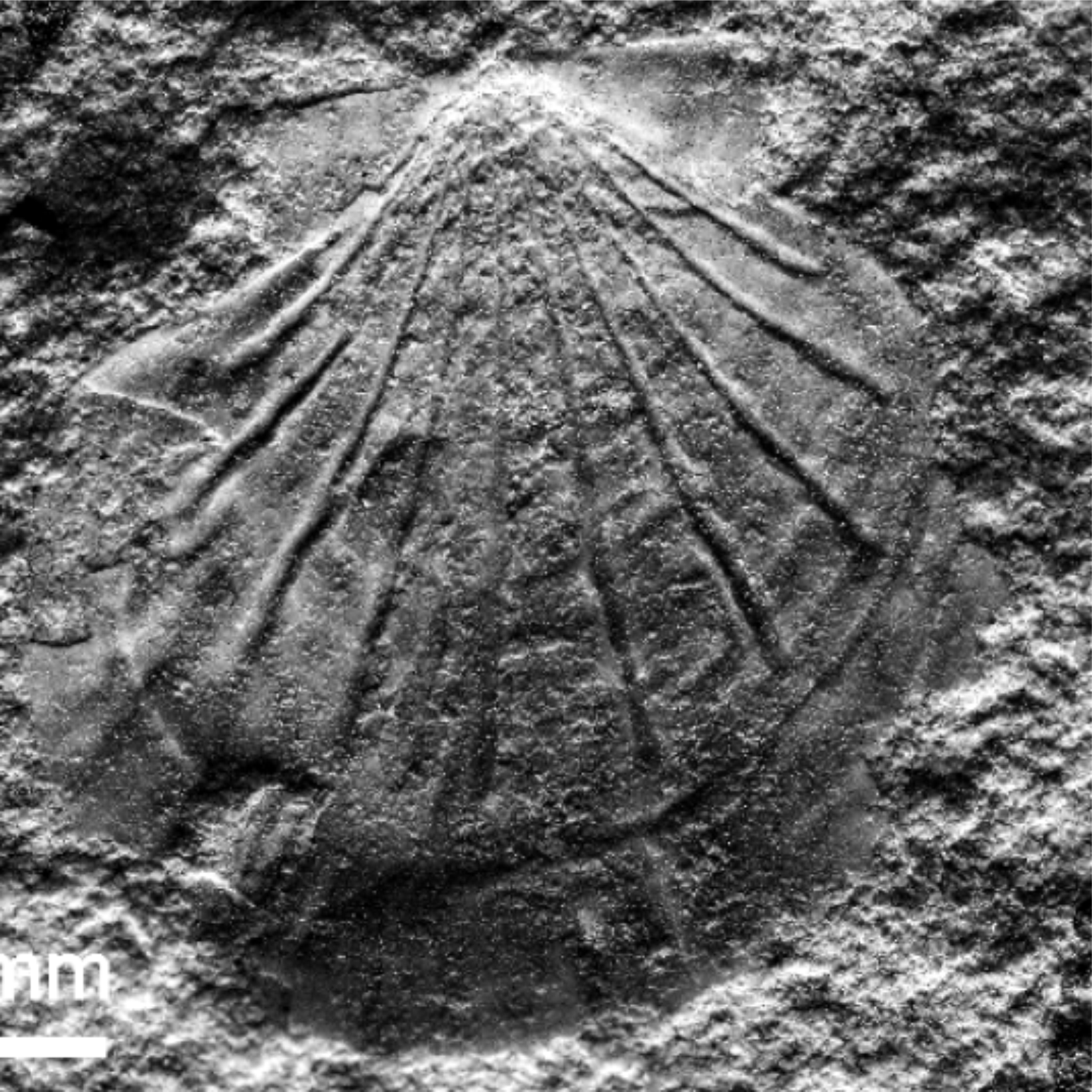Parvamussium fallax (KOROBKOV) a Csabrendek - Gyepükaján környéki Padragi Márgában
Absztrakt
A Parvamussium fallax (KOROBKOV) faj Csabrendek-Gyepükaján környékén (Déli-Bakony, Magyarország) mélyült fúrások által harántolt Padragi Márga Formáció alsó, glaukonitos márga és mészmárga rétegekből felépülő Csabrendeki Márga Tagozatában fordul elő. Az irodalmi adatok szerint felső eocénben és alsó oligocénben egyaránt megtalálható faj e területen a középső eocén felső részét (bartoni emelet) képviselő rétegekben található. Rétegtani elterjedése tehát nagyobb az eddig ismerteknél, ezért kevésbé alkalmas szűk rétegtani intervallum kijelölésére, viszont környezetjelző szerepet játszik. A rétegsorban elfoglalt helye, azaz sekély- és közép-szublitorális molluszka féléket tartalmazó, glaukonitban gazdag rétegek felett és plankton-foraminiferákban gazdag pelagikus rétegek alatt, glaukonitban szegényebb márgákban, mészmárgákban való előfordulása, a faj életterét a mélyszublitorális övben, a self és a medence lejtő határán jelöli ki.
A dolgozat feltárja az alak magyar vonatkozásait. A fajt elsőként HOFMANN (1873) ábrázolta Pecten bronni MAYER név alatt, első leírását LŐRENTHEY (1911) készítette el, azonban egyikük sem ismerte fel a Budai hegységi példányoknak a Pecten bronni MAYER alaktól eltérő jellegét. Azt KOROBKOV(1937) vonta be az általa felállított Variamussium fallax KOROBKOV új fajba. Az alak e néven vált ismertté a rétegtani irodalomban, de a taxonomusok szerint a Variamussium nemzetségnév a Parvamussium junior szinonímája, ezért a faj helyes megnevezése: Parvamussium fallax (KOROBKOV).


















